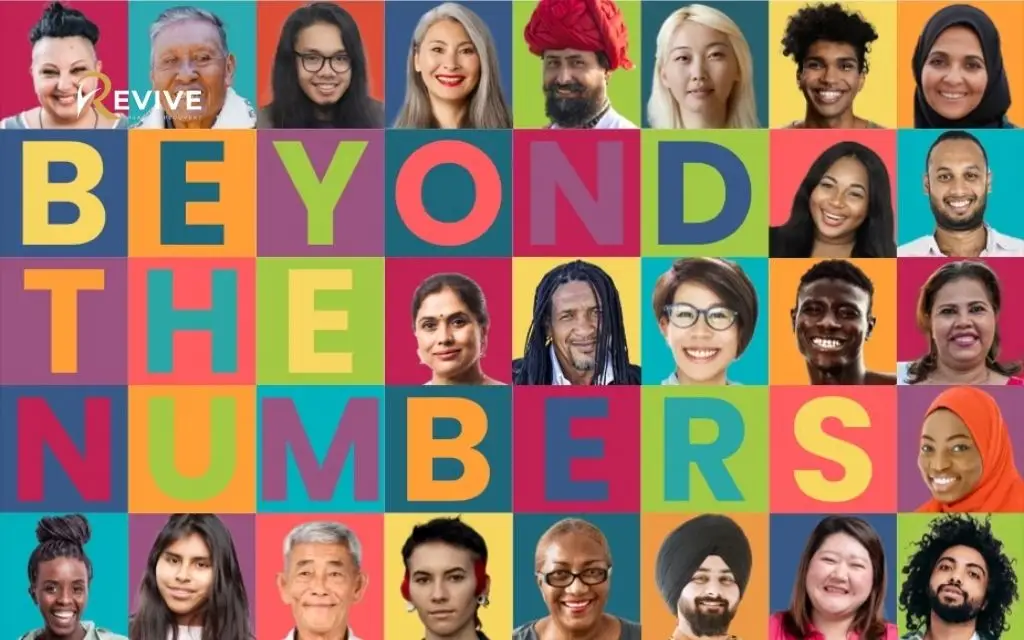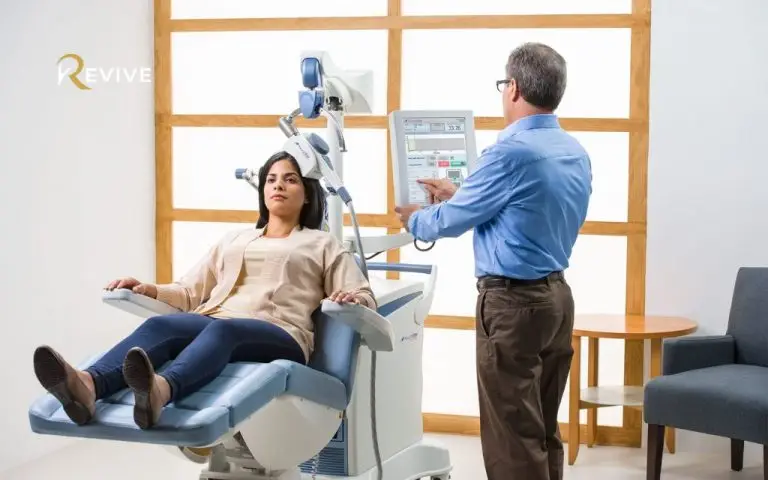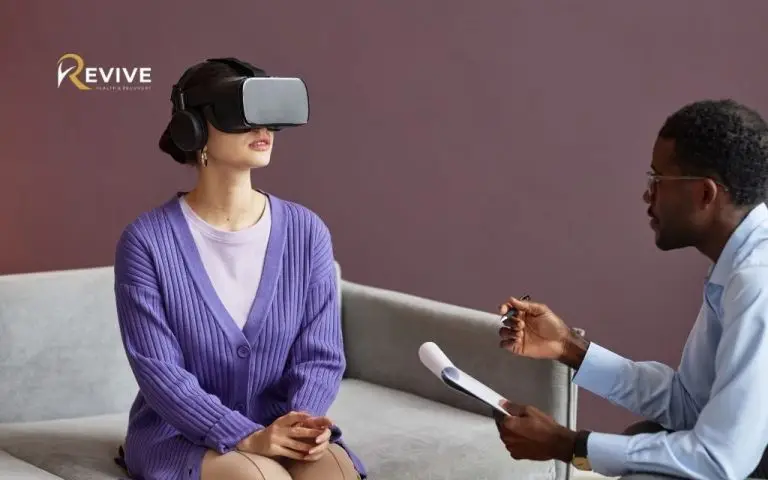When was the last time you scrolled through your feed and saw a story that changed your perspective on mental health? Social media campaigns for trauma awareness are doing exactly that. They break the silence around PTSD, complex trauma, and adverse childhood experiences (ACEs). These digital initiatives reach millions of people who might otherwise struggle alone.
For trauma survivors in Denver and across Colorado, these campaigns offer more than information. They provide connection, validation, and access to life-changing resources. A 2022 PTSD Awareness Month campaign reached 28 million Americans and shifted 509,000 people toward positive help-seeking behaviors. This guide explores how these campaigns work, why they matter, and where to find support in your recovery journey and other Healing Trauma Stories.
The conversation about trauma is shifting from whispered concerns to open dialogue. Social media makes this transformation possible.
Understanding trauma and why awareness matters
Trauma occurs when experiences overwhelm your ability to cope, leaving lasting effects on your mental, emotional, and physical well-being. The Substance Abuse and Mental Health Services Administration (SAMHSA) defines trauma as events or circumstances that cause adverse effects on functioning and health.
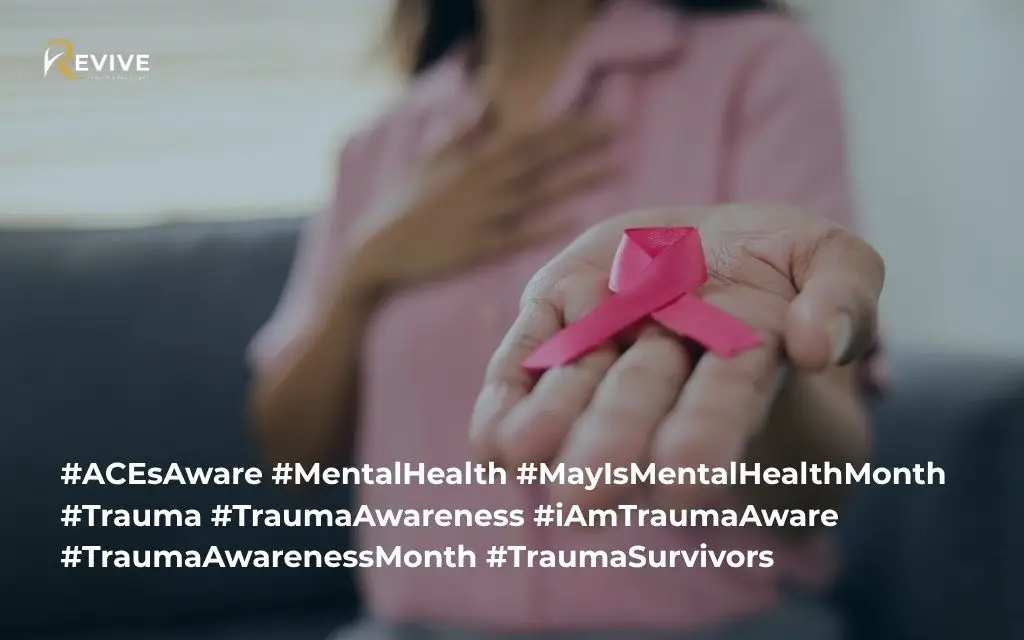
Post-traumatic stress disorder (PTSD) affects 13 million Americans each year. Research shows that two-thirds of people have experienced at least one adverse childhood experience (ACE). These early experiences create ripple effects across generations, influencing mental health, physical health, and relationship patterns.
Colorado’s trauma landscape:
Colorado ranks ninth nationally in traumatic brain injury fatalities, with over 500,000 Coloradans living with brain injuries. Denver’s ReCAST program addresses trauma through digital and physical channels, focusing on resilience and healing for communities affected by violence.
Awareness campaigns serve multiple purposes. They educate the public about trauma’s prevalence and effects. They challenge misconceptions that keep people from seeking help. They connect individuals with evidence-based treatment options. Most importantly, they shift cultural attitudes from blame to understanding.
The power of social media in trauma awareness
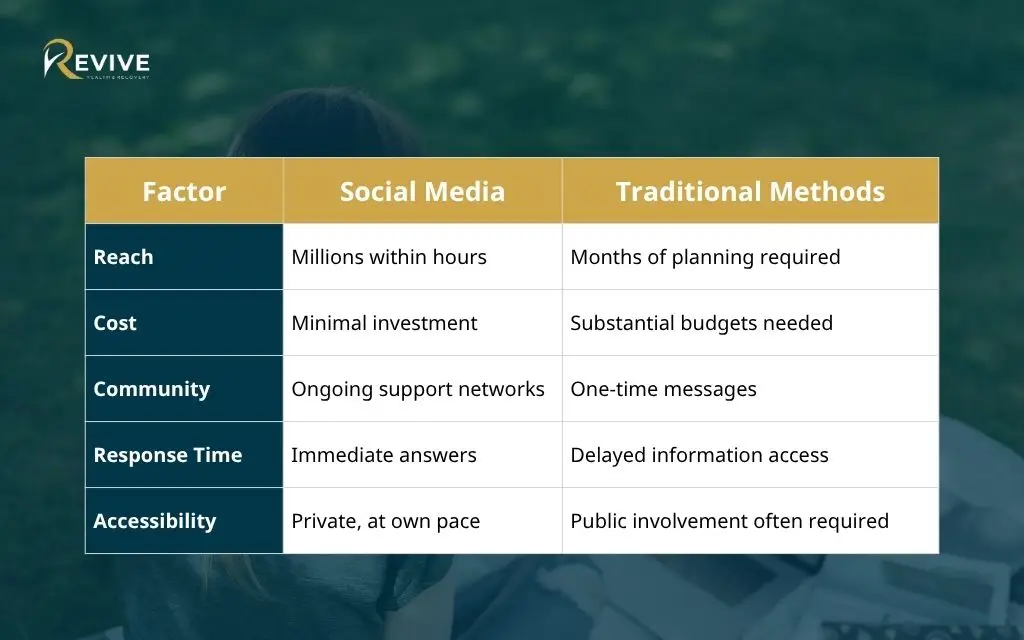
Digital platforms have fundamentally changed how we discuss and respond to trauma. Traditional awareness methods reach audiences passively. Social media creates active engagement through comments, shares, and direct messages. This interactivity transforms awareness from information delivery to community building.
Key advantages of social media:
| Factor | Social Media | Traditional Methods |
| Reach | Millions within hours | Months of planning required |
| Cost | Minimal investment | Substantial budgets needed |
| Community | Ongoing support networks | One-time messages |
| Response Time | Immediate answers | Delayed information access |
| Accessibility | Private, at own pace | Public involvement often required |
Geographic barriers disappear online. Rural Colorado residents can access the same resources and support networks as Denver metro residents. The peer-to-peer nature of social platforms amplifies authentic voices. When someone shares their recovery story on Instagram, it resonates differently than a clinical brochure.
Social media also provides immediate access to crisis resources. A person experiencing distress can find the Colorado Crisis Services number (1-844-493-8255) or 988 Suicide & Crisis Lifeline within seconds. This immediacy can be life-saving.
Research-backed benefits
Post-traumatic growth research offers a surprising insight: giving help through social media predicts stronger recovery outcomes than receiving help alone. Interactive campaigns that invite participation support healing more effectively than passive information sharing.
The shared social identity effect demonstrates that people who share demographic or experiential similarities with trauma victims show increased engagement with awareness content. This explains why diverse representation in campaigns improves reach and impact.
Ready to start your healing journey? Revive Health Recovery offers trauma-informed intensive outpatient programs in Denver. Call (303) 268-4655 to speak with our compassionate team.
Key elements of effective trauma awareness campaigns
Creating campaigns that heal rather than harm requires intentional design. The trauma-informed social media framework developed in 2023 applies SAMHSA’s six principles specifically to digital platforms: safety, trustworthiness, peer support, collaboration, empowerment, and cultural sensitivity.
Core campaign components:
- Educational content that empowers without overwhelming
- Survivor testimonials and storytelling
- Clear resource provision and crisis support information
- Interactive elements encouraging engagement
- Trauma-informed messaging throughout
Effective campaigns educate without overwhelming. They present complex information in digestible formats like infographics, short videos, and carousel posts. Survivor testimonials humanize statistics and demonstrate recovery’s possibility. Resource provision transforms awareness into action with concrete next steps.
Content types that drive engagement
| Content Type | Best Platform | Purpose |
| Infographics | Instagram, Facebook | Visual education on symptoms, statistics |
| Video Testimonials | All platforms | Emotional connection through survivor stories |
| Educational Carousels | Step-by-step information | |
| Hashtag Campaigns | Instagram, TikTok | Collective storytelling |
| Live Q&A Sessions | Facebook, Instagram | Real-time expert guidance |
| Resource Guides | All platforms | Practical tools for healing |
Avoiding re-traumatization
Vicarious trauma prevention requires careful content design. Content warnings alert viewers before potentially triggering material. Avoid graphic details of traumatic events. Use person-first, non-stigmatizing language. Focus on recovery and resilience.
Protective measures:
- Provide specific content warnings
- Use trauma-sensitive language
- Include immediate crisis resources
- Distinguish between healthy sharing and trauma dumping
- Moderate comments to maintain safe spaces
Successful trauma awareness campaign examples
The #TriumphOverTrauma campaign, designed by youth for youth, normalizes trauma experiences among young adults. California’s “Live Beyond” campaign focuses on ACEs awareness for youth, involving more than 250 young advisors in campaign design.
The #IamTraumaAware campaign emerged during the pandemic to address collective trauma from COVID-19. PTSD Awareness Month campaigns run annually each June. The 2022 campaign partnership with Meta reached 28 million Americans and demonstrated measurable attitude shifts toward help-seeking behaviors.
Denver local initiatives:
Denver’s ReCAST program employs digital trauma awareness strategies highlighting resilience-building activities and local resources. Denver Health’s trauma services share prevention tips and recovery stories. Colorado Crisis Services runs education campaigns explaining their 24/7 support line accessibility.
Choosing the right social media platforms
Strategic platform selection maximizes campaign effectiveness. Instagram and TikTok excel for visual storytelling and engaging younger audiences. Facebook remains powerful for community building and support group formation.
| Platform | Best For | Primary Age | Key Feature |
| Visual storytelling, testimonials | 18-44 | High engagement | |
| Support communities | 35-65 | Group features | |
| TikTok | Reaching Gen Z | 16-34 | Trending formats |
| YouTube | In-depth education | 25-54 | Evergreen content |
| Professional networking | 30-55 | Decision-maker access |
Instagram’s visual nature makes it ideal for humanizing trauma through authentic imagery. Facebook groups transform awareness into ongoing community. TikTok’s informal style removes barriers between experts and audiences. YouTube supports longer educational content and therapy demonstrations.
Questions about trauma treatment? Contact Revive Health Recovery at contact@revivehealthrecovery.com or call (303) 268-4655.
Creating trauma-informed content
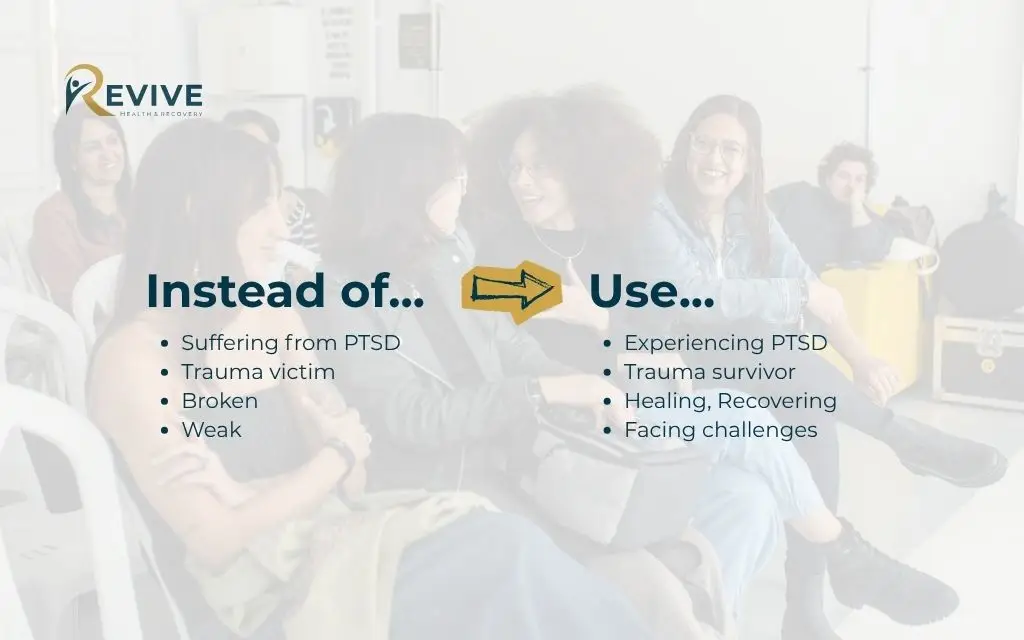
Language shapes how people understand their experiences and whether they feel welcome seeking help. Person-first language prioritizes humanity over diagnosis. Say “person with PTSD” rather than “PTSD sufferer.”
Trauma-sensitive language:
| Instead of… | Use… |
| Suffering from PTSD | Experiencing PTSD |
| Trauma victim | Trauma survivor |
| Broken | Healing, Recovering |
| Weak | Facing challenges |
Content warnings serve protective functions. Simple statements like “This post discusses trauma and may be difficult for some readers” allow people to make informed choices. Balancing awareness with hope prevents campaigns from feeling overwhelming. For every challenge described, include information about recovery or available support.
Including immediate crisis resources in every post ensures help is always accessible. Standard elements should include the Colorado Crisis Services number (1-844-493-8255), 988 Suicide & Crisis Lifeline, and local resources like Revive Health Recovery’s 24/7 line at (303) 268-4655.
Measuring campaign impact
Effective measurement requires defining success beyond vanity metrics. Help-seeking behavior shifts represent true campaign success. The 2022 PTSD Awareness Month campaign tracked searches for treatment resources, calls to helplines, and visits to treatment locator websites.
Key performance indicators:
- Engagement rate above 5%
- Click-through rates on resource links
- Video completion rates above 50%
- Steady follower growth
- Positive sentiment in comments
- Increased help-seeking actions
Community feedback offers qualitative data that numbers cannot capture. Someone sharing that a post helped them finally seek therapy represents immeasurable success. Referral tracking to treatment services demonstrates concrete outcomes.
Resources for trauma survivors in Denver and Colorado
Immediate crisis support
- Colorado Crisis Services: 1-844-493-8255 (24/7)
- 988 Suicide & Crisis Lifeline: 988 (24/7)
- SafeHouse Denver: (303) 318-9989 (domestic violence)
- The Blue Bench: (303) 322-7273 (sexual assault)
Treatment programs in Denver
- Revive Health Recovery
- Address: 1427 S Federal Blvd, Denver, CO 80219
- Phone: (303) 268-4655
- Email: contact@revivehealthrecovery.com
- Services: Denver Trauma-focused intensive outpatient programs, EMDR, CBT
- Insurance: Medicaid accepted, virtual options available
We offer trauma-informed intensive outpatient programs, EMDR therapy, cognitive behavioral therapy, and personalized mental health treatment. Our compassionate team understands that seeking help takes courage. We accept Medicaid and provide virtual services throughout Colorado.
Your healing journey starts here. Contact Revive Health Recovery today. Recovery is possible. Help is available. You deserve to heal.
- Denver Health Trauma Survivors Network: Support groups, peer counseling
- Mental Health Center of Denver: Multiple locations, sliding scale fees
- Jewish Family Service: EMDR therapy, trauma counseling
FAQs about social media campaigns for trauma awareness
How do social media campaigns reduce trauma stigma?
Campaigns normalize trauma by showing its prevalence. Survivor stories humanize experiences. Research shows campaigns shift over 500,000 people toward help-seeking. Revive Health Recovery supports these efforts. Call (303) 268-4655.
Which platforms work best for trauma awareness?
Instagram and TikTok reach younger audiences through visual storytelling. Facebook builds support communities. YouTube provides in-depth education. Contact Revive Health Recovery for guidance.
How can campaigns avoid re-traumatizing viewers?
Use SAMHSA’s six trauma-informed principles. Include content warnings. Avoid graphic descriptions. Focus on recovery. Revive Health Recovery at (303) 268-4655 can help if content triggers distress.
Where can Denver residents find trauma treatment?
Revive Health Recovery at 1427 S Federal Boulevard offers trauma-focused programs with EMDR and CBT. We accept Medicaid. Call (303) 268-4655 anytime. Colorado Crisis Services (1-844-493-8255) provides immediate support.
Conclusion
Social media campaigns for trauma awareness represent movements of healing, connection, and hope. Through trauma-informed messaging, authentic survivor storytelling, and accessible resource sharing, these campaigns reduce stigma while empowering people to seek support.
The conversation about trauma continues expanding from silence to openness. Social media creates spaces for honest dialogue, peer support, and immediate access to life-changing resources. Research reveals that preventing ACEs could reduce U.S. healthcare costs by $14.1 trillion annually, demonstrating the profound impact of effective awareness efforts.
If you or someone you love in the Denver area experiences trauma-related symptoms, know that compassionate, trauma-informed care is within reach. Recovery looks different for everyone. What matters is taking the first step toward healing.
